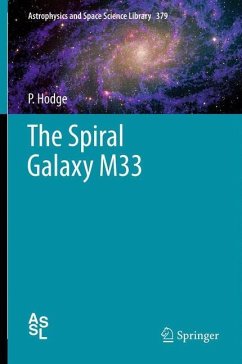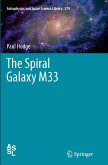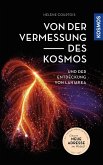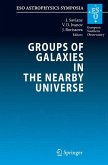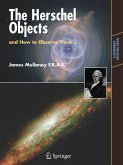This overview of our developing understanding of spiral galaxy M33 adds historical perspective to today's cutting-edge research, taking us from Hubble's determination of its true nature in the 1920s up to today, when the Hubble telescope can probe its secrets.
This book summarizes the gathering of information on and the growing understanding of M33 from the 1920s, when Hubble first determined its true nature, to the 21st century, when the Hubble Telescope probed deeply into its many secrets. With its regular symmetrical spiral structure, and its being not tilted too much and near enough to allow detailed studies of its stars, M33 is well-suited for the study of a typical spiral galaxy.
In this work, Paul Hodge places current research on M33 (and similar galaxies) in both historical and global perspectives. The book is written in a language accessible for specialists and non-specialists, for professional and amateur astronomers, for scientists and the curious public and, most importantly, for students.
This book summarizes the gathering of information on and the growing understanding of M33 from the 1920s, when Hubble first determined its true nature, to the 21st century, when the Hubble Telescope probed deeply into its many secrets. With its regular symmetrical spiral structure, and its being not tilted too much and near enough to allow detailed studies of its stars, M33 is well-suited for the study of a typical spiral galaxy.
In this work, Paul Hodge places current research on M33 (and similar galaxies) in both historical and global perspectives. The book is written in a language accessible for specialists and non-specialists, for professional and amateur astronomers, for scientists and the curious public and, most importantly, for students.
From the reviews: "Hodge nicely ... bring together historical endeavours, particularly those of Hubble, with a host of more recent work on the galaxy's structure, stellar populations, interstellar medium, abundances, and dynamics, in a compact volume which should be in every astronomical library. Complete with useful tables, numerous figures gathered from the literature, and copious references as recent as 2010, the book is also an ideal text for undergraduates trying to get a feel for a typical extragalactic component of the Universe." (David Stickland, The Observatory, Vol. 132 (1228), June, 2012)

